Walking on the Moon and the Gifts of Moher
It is now day four of our Irish adventure. After another morning buffet breakfast in the gorgeous dining room of Glenlo Abbey, we head out on the next leg of our journey – the Cliffs of Moher. As we drive down the country roads, we see castle ruin after castle ruin. Then, we spy a sign pointing to a castle not in ruin; we detour.
Dunguaire Castle
Located in the village of Kinvara in County Galway, Dunguaire Castle (built in 1520) is a typical example of a 16th century “tower house”. The brochure we picked up at Dunguaire Castle explains the prolific number of these castles/towers in this region. “Tower Houses were fortified residences built as the ‘fashionable Irish house’ for a gentleman or strong farmer, between 1450 and 1650 A.D. This period was one of relative peace in Ireland, and there is little mention of Tower Houses in military records.”
“By far the greatest concentration of Tower Houses is found in East County Clare and East County Limerick, with significant numbers in South County Galway. In these areas, a wealthy farmer or landlord would have built a Tower House in order to have a dwelling of the latest style – much the same process as happens today. The fashion for Tower Houses was probably introduced to Ireland directly from continental Europe where similar buildings can be found, principally in Northern Italy, France and Germany.”
Aillwee Cave
Driving along the country roads, with no specific plans in mind, we see a sign for Aillwee Cave. Christin was very interested in touring a cave and since she had indulged my wish to see as many castles as we could squeeze in over the previous days, we detour. This cave was discovered by a farmer’s dog about 50+ years ago, but the farmer kept it to himself until recently. Extinct in Ireland for over 10,000 years, the excavated bones of brown bears, as well as the bears’ hibernation pits, have been found at the site.
A magnificent waterfall highlights the cave tour of weird formations of stalagmites and stalactites across bridged chasms and slick walkways. One formation they’ve named the “praying hands” because of its current formation, which is subject to change over the next million years! Forgive the picture below; obviously, lighting is poor in caves and we did not have the photographic equipment to do them justice.
We thoroughly enjoyed our cave detour and of course, the breathtakingly spectacular view of the tranquil pastoral scene from the parking lot that I described in the opening paragraph of this story.
May green be the grass you walk on,
May blue be the skies above you,
May pure be the joys that surround you,
May true be the hearts that you love.
Lunar Landing
As many who have come before us, we had been traveling in the Burren for quite some time before we realized we were actually in it! Described time and time again as a “lunar landscape”, the Burren arises out of the rolling hills of vast farmland in County Clare, spreading out for miles around. Strange round boulders placed on top of slabs of pot-holed limestone, rectangular rocks standing on end, the Burren, which means “rocky place” in Gaelic, is an extraordinary tree-less barren landscape that Edmund Ludlow (one of Oliver Cromwell’s generals) wrote about in the 1640’s describing “a savage land, yielding neither water enough to drown a man, nor a tree to hang him, nor soil to bury him..”
A “vast ocean of gray rock,” it is a sacred place, miraculously untouched for eons. The 5,000-year-old Poulnabrone Portal Dolmen, a pre-Christian burial tomb, stands in stark contrast against this harsh landscape and is the most widely recognized symbol of the Burren. Thinking we had no chance in finding this significant site within the 150 mile area that comprises the Burren (remember, we were always lost!), we were ready to turn back and find our way to our next destination when suddenly we were there!
Amazingly, these special sites seem to be well-respected by the Irish people as well as tourists because even after thousands of years, they are intact with no signs of graffiti or pilfering – how lucky for us and past generations because they are such special, glorious sites to behold and evoke such a sense of peace. Not knowing how much further we have to travel these back country roads to get to the Cliffs of Moher before sunset, we had to move on…
Wishing you a rainbow
For sunlight after showers –
Miles and miles of Irish smiles
For golden happy hours –
Shamrocks at your doorway
For luck and laughter too,
And a host of friends that never ends
Each day your whole life through!
Continued on Page 8…
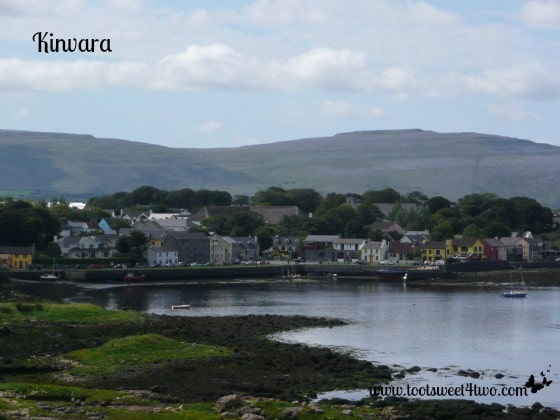
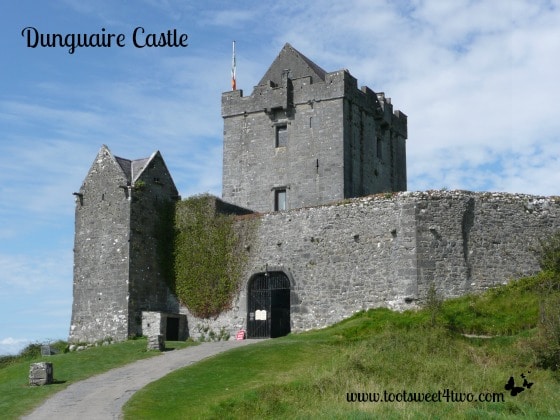
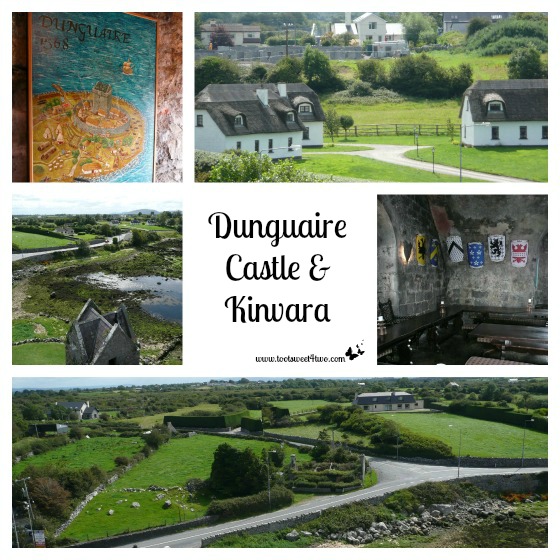
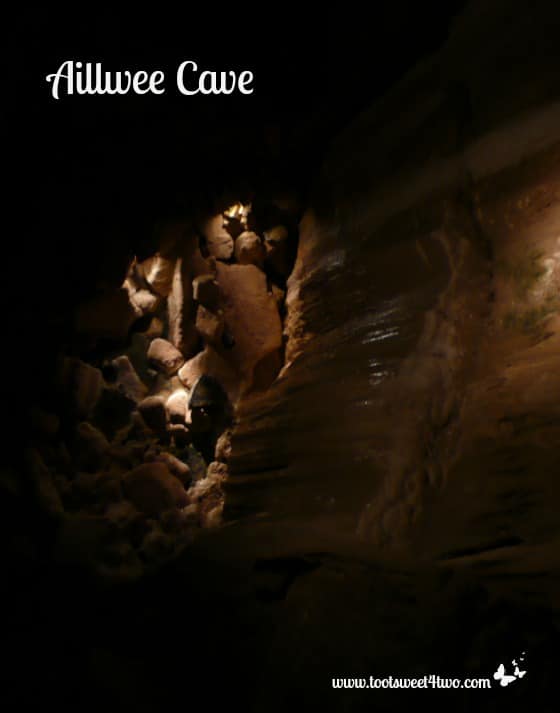
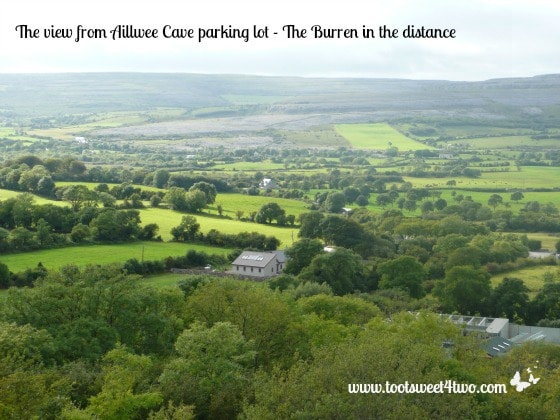
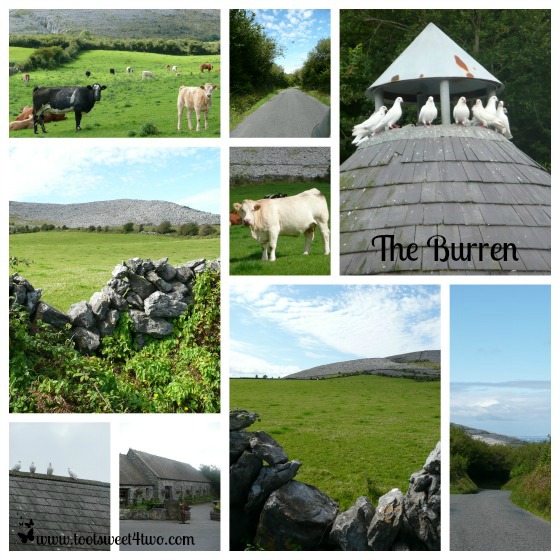
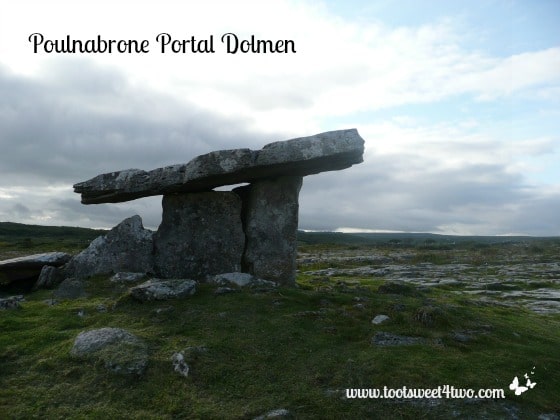
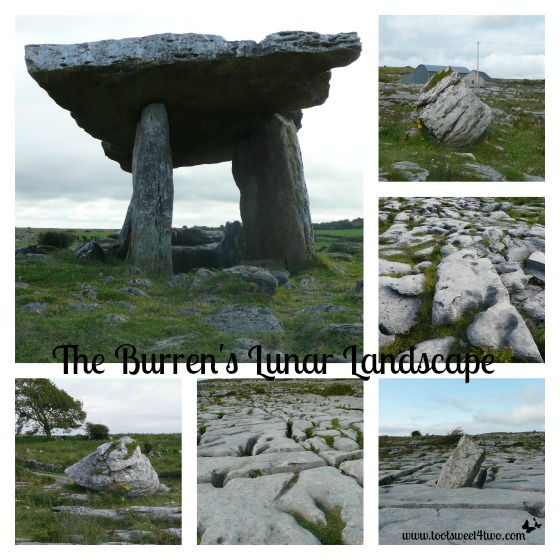
Leave a Reply